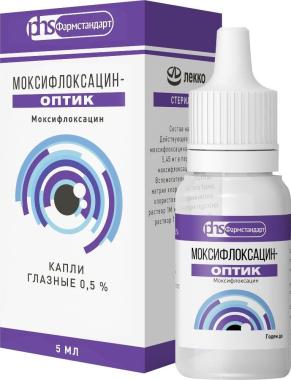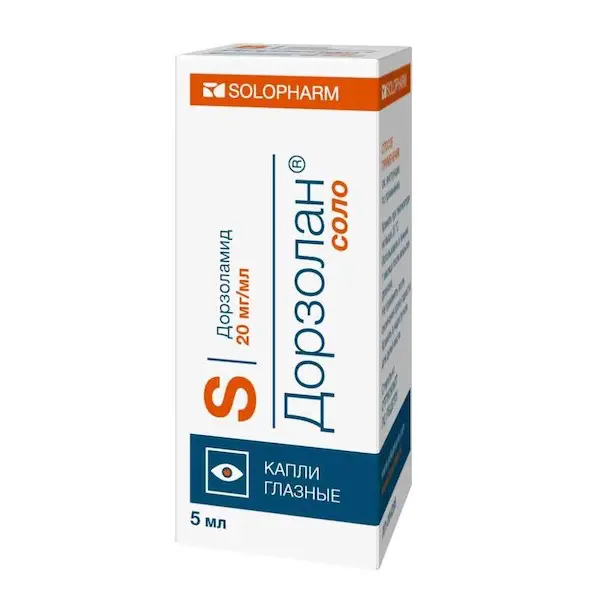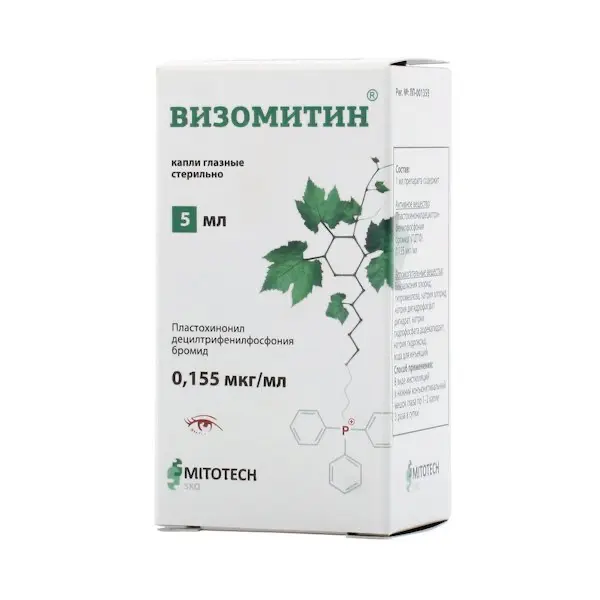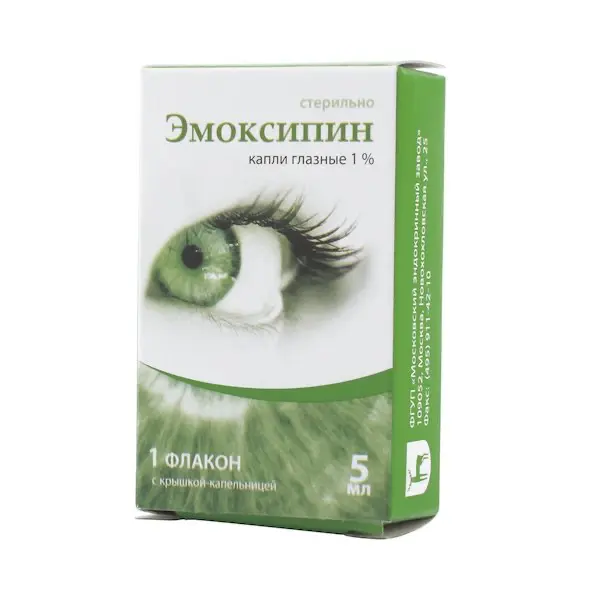Description
Timilox Pharmacodynamics
Moxifloxacin is a IV generation fluoroquinolone antibacterial agent with bactericidal effect. It is active against a wide range of Gram-positive and Gram-negative bacteria, anaerobic, acid-fast and atypical bacteria.
The mechanism of action is associated with the inhibition of topoisomerase II (DNA-gyrase) and topoisomerase IV. DNA-gyrase is an enzyme involved in bacterial DNA replication, transcription and repair. Topoisomerase IV is an enzyme involved in the cleavage of chromosomal DNA during bacterial cell division.
There is no cross-resistance with macrolides, aminoglycosides and tetracyclines.
The development of cross-resistance between systemically used moxifloxacin and other fluoroquinolones has been reported.
Moxifloxacin is active against most strains of microorganisms (both in vitro and in vivo):
Gram-positive bacteria:
Corynebacterium spp. including Corynebacterium diphtheriae;
Micrococcus luteus (including strains insensitive to erythromycin, gentamicin, tetracycline and/or trimethoprim);
Staphylococcus aureus (including strains insensitive to methicillin, erythromycin, gentamicin, ofloxacin, tetracycline and/or trimethoprim);
Staphylococcus epidermidis (including strains insensitive to methicillin, erythromycin, gentamicin, ofloxacin, tetracycline and/or trimethoprim);
Staphylococcus haemolyticus (including strains insensitive to methicillin, erythromycin, gentamicin, ofloxacin, tetracycline and/or trimethoprim);
Staphylococcus hominis (including strains insensitive to methicillin, erythromycin, gentamicin, ofloxacin, tetracycline and/or trimethoprim);
Staphylococcus warneri (including strains insensitive to erythromycin);
Streptococcus mitis (including strains insensitive to penicillin, erythromycin, tetracycline and/or trimethoprim);
Streptococcus pneumoniae (including strains insensitive to penicillin, erythromycin, gentamicin, tetracycline and/or trimethoprim);
Streptococcus viridans (including strains insensitive to penicillin, erythromycin, tetracycline and/or trimethoprim).
Gram-negative bacteria:
Acinetobacter lwoffii; Haemophilus influenzae (including ampicillin-insensitive strains); Haemophilus parainfluenzae; Klebsiella spp.
Other microorganisms:
Chlamydia trachomatis.
Moxifloxacin acts in vitro against most of the following microorganisms, but the clinical significance of these data is unknown:
Gram-positive bacteria:
Listeria monocytogenes; Staphylococcus saprophyticus; Streptococcus agalactiae; Streptococcus mitis; Streptococcus pyogenes; Streptococcus group C, G, F.
Gram-negative bacteria:
Acinetobacter baumannii; Acinetobacter calcoaceticus; Citrobacter freundii; Citrobacter koseri; Enterobacter aerogenes; Enterobacter cloacae; Escherichia coli; Klebsiella oxytoca; Klebsiella pneumoniae; Moraxella catarrhalis; Morganella morganii; Neisseria gonorrhoeae; Proteus mirabilis; Proteus vulgaris; Pseudomonas stutzeri.
Anaerobic microorganisms:
Clostridium perfringens; Fusobacterium spp; Prevotella spp; Propionibacterium acnes.
Other microorganisms:
Chlamydia pneumoniae; Legionella pneumophila; Mycobacterium avium; Mycobacterium marinum; Mycoplasma pneumoniae.
- Topically, into the conjunctival sac.
- Administration in adults (including elderly patients over 65 years of age)
- 1 drop 3 times a day into the affected eye. Improvement of condition comes after 5 days of therapy, but treatment should be continued for another 2-3 days. If there is no therapeutic effect after 5 days of therapy, it is recommended to reconsider the diagnosis and the choice of therapeutic tactics. The duration of therapy depends on the severity of the patient’s condition, clinical and bacteriological features of the infectious process.
- Use in the pediatric population
- No dosage regimen correction is required when administered in children.
- Liver and renal insufficiency
- No dosage adjustment is required.
- In order to prevent absorption of the drug through the nasal mucosa a finger clamp nasolacrimal duct for 2-3 minutes after instillation.
- When using several preparations for topical application in ophthalmology the interval between their application should be at least 5 minutes, eye ointments should be used last.
- Order of work with a vial:
- 1. Rotate the vial counter-clockwise to open it and remove the cap. 2.
- 2 Carefully, without touching the tip of the vial with your fingers, turn the vial over, fix it between the thumb and forefinger of one hand.
- 3. Tilt your head back, place the tip of the vial over your eye and with the index finger of your other hand pull down the lower eyelid. Slightly press the bottle and drip the desired amount of drug into the conjunctival sac of the eye.
- Avoid contact of the tip of the open vial with the surface of the eye and hands.
- 4. After use place the cap on the vial and close by rotating it clockwise.
- After opening the bottle the drug can be used within 1 month. At the end of this period the drug should be thrown away.
- Do not use the drug if the vial is visibly damaged.





